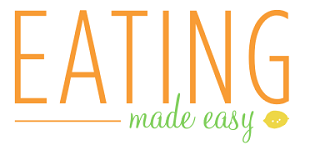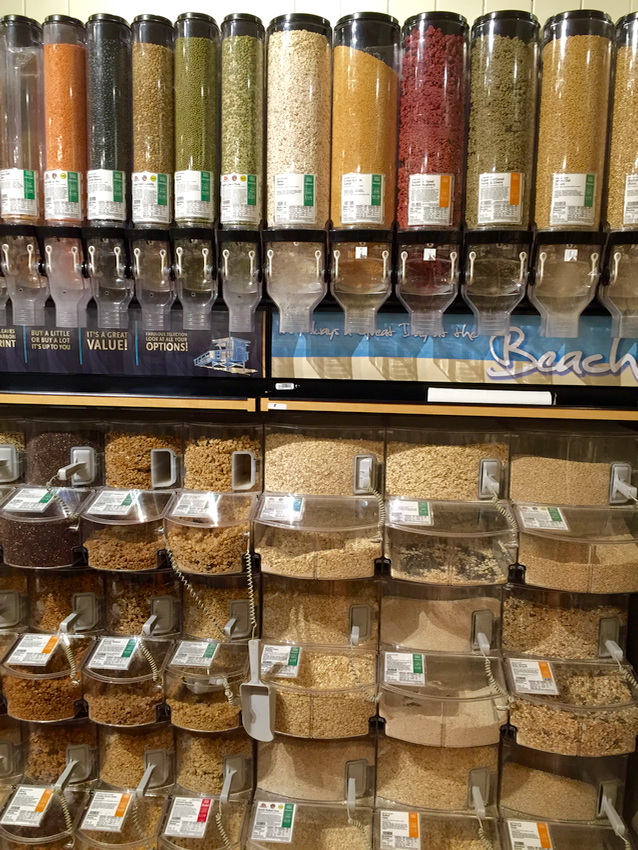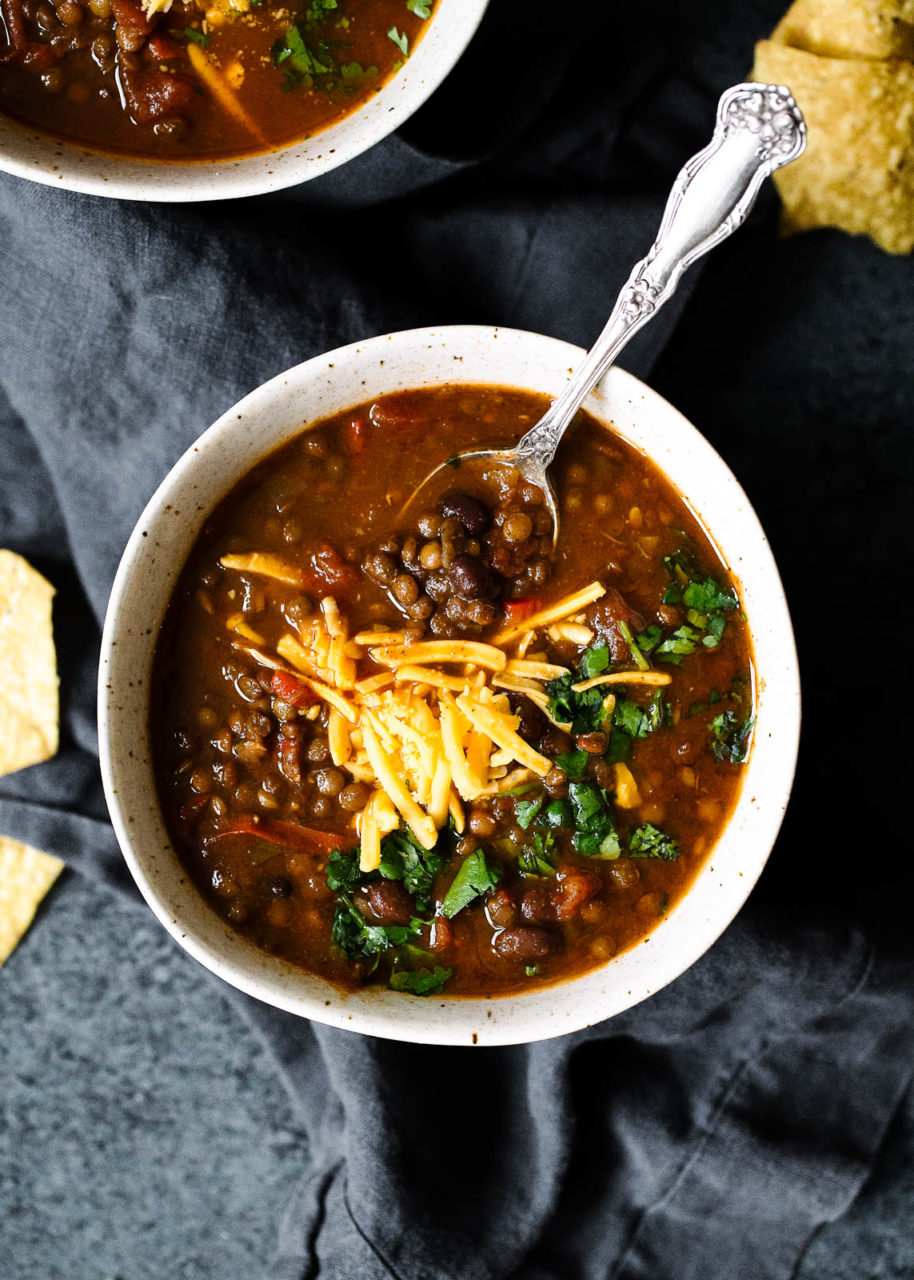To make bread, you need 4 ingredients: water, flour, starter (or yeast) and salt.
Yet most breads on supermarket shelves these days have 20+ ingredients. These non-essential ingredients serve three primary purposes:
- Increase shelf-life, so that a loaf of bread may last a few weeks instead of a few days.
- Speed up the bread-making process so companies can produce and sell more loaves.
- Deliver the texture and flavors we Americans crave, without having to wait for the bread to develop these naturally.
The problem is, bread additives have consequences. Many are chemicals that, in my opinion, should not be included in any food we consume. A few examples:
- Calcium propionate – A preservative that inhibits mold and bacterial growth, that may be linked to ADD in children (according to a study completed in the 1990’s).
- Azodicarbonamide – A dough conditioner that also bleaches flour (makes it whiter). The FDA deems it safe, but it’s been banned in Europe because of research showing it can cause asthma or allergic reactions.
- Diacetyl Tartaric Acid Esters of Monoglycerides (DATEM). A dough conditioner considered safe by the FDA, but a study in 2002 on rats showed “heart muscle fibrosis and adrenal overgrowth.”
If your goal is to “eat real food,” it’s hard to reconcile ingredients like these.
So how can you find and buy better bread?
Here’s what to look for:
- A short ingredient list. This is the #1 thing I look for when buying bread. I want to see water + flour + starter or yeast + salt. Other acceptable ingredients: olive oil, nuts or seeds, sprouted or unprocessed whole grains. (An exception to this rule is sprouted grain breads, if the ingredients just show a wide variety of sprouted grains).
- First ingredient should be whole grain. Though I’ll sometimes choose fewer ingredients over whole grains, especially if the bread is made with a starter culture in place of yeast.
- 2-4 grams of fiber per slice. (Much more is just as bad as less, as it implies synthetic fiber has been added). This is just a sign that the product is truly whole grain.
Here’s where you may find better bread:
- Your local bakery. Ask about their recipe, process, ingredients, and whether they use a starter (which is a culture that acts like yeast, but has the added benefit of slightly fermenting the bread, thus making it easier to digest).
- Natural grocery stores. Whole Foods, Sprouts, New Seasons, Natural Grocers, or any co-op or health food store near you will offer at least some breads with short ingredient lists. Trader Joe’s has a couple good options, but not many.
- Farmer’s markets. In the summer months, look for a bread-maker at your local farmer’s market and ask the same questions (above) you would at a bakery.
- Restaurants that offer healthy, artisan foods. They may source from a local bakery that you could buy bread from directly.
- Make it yourself. If you have the time and desire, making your own is an ideal way to ensure high quality ingredients and methods.
Bread brands I like:
- Le Pain Quotidien – if you’re lucky enough to have an LPQ in your city, start buying their house bread. It’s organic whole wheat + water + their own starter + salt. And it tastes amazing.
- Trader Joe’s Pain Pascal – just organic whole wheat + water + salt.
- Whole Foods bakery department – Look to the breads baked in-house. I really like the organic Wolfgang and organic whole wheat.
- Food for Life Ezekiel or Sprouted Grain breads – these have closer to 10 ingredients, but everything besides water, salt and yeast is an organic sprouted grain or bean. No flour, just sprouted grains. My favorites are the Sesame and Cinnamon Raisin.
- Manna Organics – made from organic sprouted whole grains and yeast-free.
- The Breadman (Los Angeles) – high quality ingredients and process, made with starter
- Bellegarde Bakery (New Orleans) – biodynamic wheat is stone-milled in-house (this is almost unheard of for a bakery).
- Essential Baking Company – organic, high quality, and their Pain du George is among my favorite breads ever.
- Local regional bakeries – many bakeries produce and sell regionally. Get to know those in your area so you don’t have to rely on the regular grocery store for bread.








3 Comments
Sherry Fix
January 25, 2017 at 6:32 pmHi Honey
I am going to try some of your breads soon! Great article
Amelia Winslow
January 31, 2017 at 10:48 amThanks, Sherry! xoxo
Michelle
February 6, 2017 at 10:29 amGreat information!
Thank you!